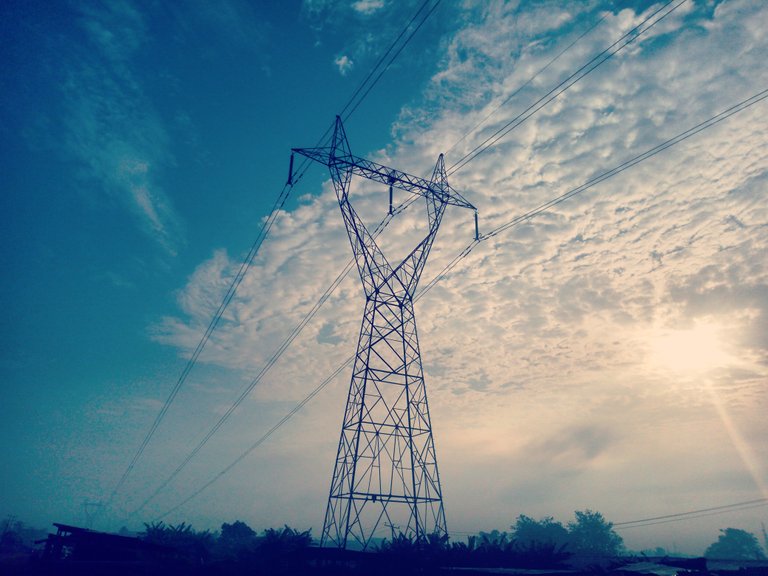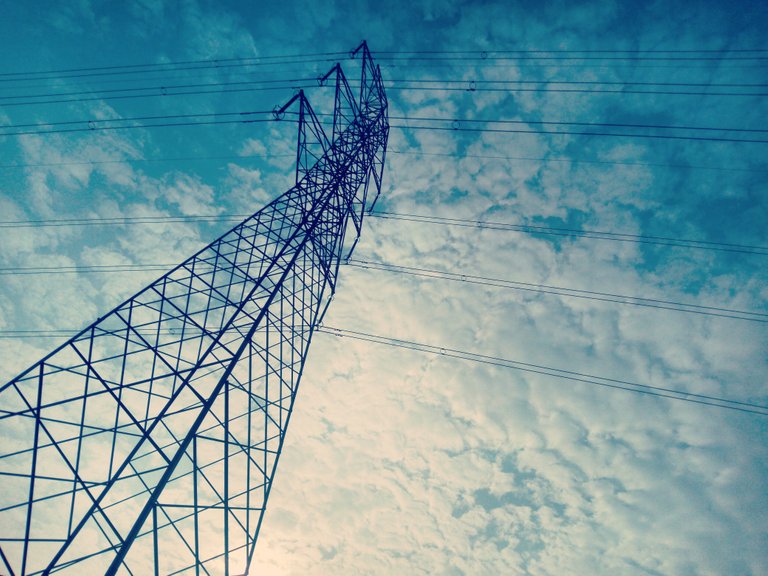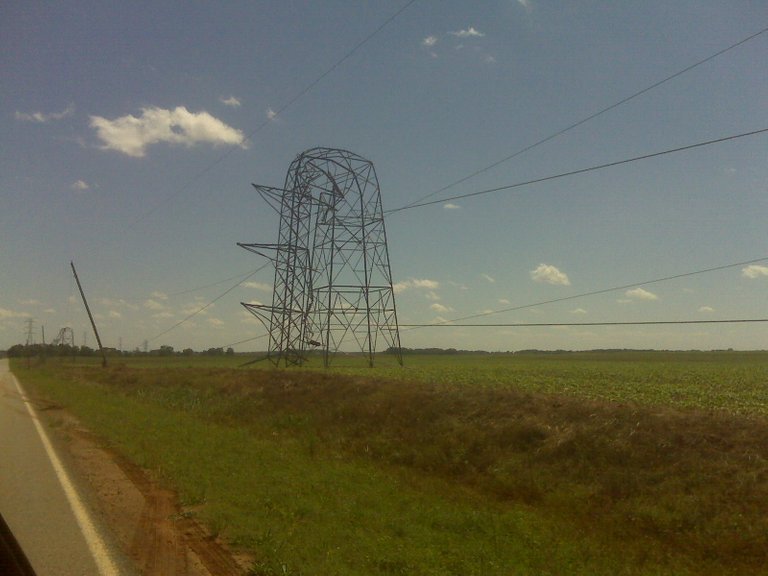
An idea has been brewing in my mind for a while now — putting power lines underground. Impossible! You may conclude. It actually isn't, I will show you why.
First, let me tell you why I really wanted this to be done. You may be wondering already. Well, here are my reasons;
Every year, a clutter of weather events destroy above ground utility poles. Remember Hurricane Sandy ? It destroyed vulnerable equipment and disrupted power to over 8 million people in 17 states, in the District of Columbia, and Canada, for 14 days. The catastrophic effects from the rise in sea level and flooding have resulted in a careful appraisal and study of local design criteria.
What about on April 27, 2011? That date reminds me of one of the most devastating tornado outbreaks, which cut power to most of northern Alabama; some three hundred and eleven high-tension electrical transmission towers were damaged by multiple ferocious tornadoes.
A dusk-to-dawn curfew was imposed as a result. Traffic lights were off, students were sent home from United States Space Camp, and some major invents were cancelled. Localized outages continued for eight days after the storm, leading to traffic and safety issues, as there were difficulties with water treatment and distribution as well as retail of all kinds.
The effect of heavy ice and snow on utility wires and the sheer density of wires once required to receive electricity. Several analysis show that an hour power outage can cost commercial and industrial facilities thousands of dollars—but sadly, outages often last even much longer. For example, a power outage can cause rapid degradation of priceless artifacts in a museum, due to a loss of the safe and stable climate for art provided by equipments requiring consistent power supply.

Hence, I became resilient in moving utility poles from their current habitat above the tree canopy to a protected tunnel underneath the earth. For I believe this would provide a lasting solution to the many problems associated with exposed power lines.
But Ted Kury says not so fast man, because burying utility cables would bring its own problems. He is the director of energy studies at the University of Florida’s Public Utility Research Center.
Installation Methods
There are two methods of installing subterranean utility lines. They are;
- Trenching and
- Directional drilling
Trenching is the cheapest method, though still relatively expensive. This is done by digging into the earth, laying down the string of utility networks, while the trenches are backfilled later on. Traffic is often rerouted briefly during the process and other significant changes occur.
However, self governing metropolis opt instead for directional drilling. Directional drilling is a less community invasive—but a more expensive option. From a fixed point, a pipe is driven through a meticulously plotted, miles-long, below-earth-surface channel without disrupting the city's streets activities.

Some modifications would also be necessary for the wires to survive underground, most vital of which is insulation. High-tension power cables are usually very warm, I'm speaking from experience. Hey! Do not get me wrong, the power was cut when I held it. I definitely wouldn't be sitting here writing this if the power wasn't cut, would I?
This warmth is as a result of the movement of current. The heat generated dissipates in open air, but when buried deep underground it can’t. As a result, utility wires are wrapped in plastic and surrounded by a conduit, like oil to keep it from overheating.
Anyone with an excavating machine can do this right? Definitely not, except you have more than $1 billion at your disposal, the technical know-how and years of your life dedicated to the project, because even Washington, D.C., which has made the decision to hide deep in the soil only a portion of its utility wires, is expected to spend that much.
Ted Kury wrote in a piece for The Conversation last autumn, that many communities have decided that the expenses of undergrounding isn't worth the price. For instance, in North Carolina, it would raise electricity rates by 125% and would take 25 years to complete the project. Most of the state’s power still hangs above.
There are even more challenges, as to repairs. Underground systems are far more expensive to repair than suspended ones. Access to underground systems are hampered and repairs often demand disruptive excavation, which is made even more challenging by frozen soils in a severe snowstorm or floodwaters that is often associated with violent hurricane winds.
Conclusion
Ted Kury adds that it is almost unrealistic to protect electricity grid from damage. Eventually, neither system could protect power during Hurricane Sandy, as both below and above ground level electrical equipments were flooded and downed.

Therefore, I would say hiding high-tension power cables deep in the soil isn't as good as I had hoped.
References
Copyright ©: All photos used in this article were taken by me except otherwise stated—a public domain image, hence copyright free.

You have a minor grammatical mistake in the following sentence:
It should be its own instead of it's own.Corrected.
thank you for sharing